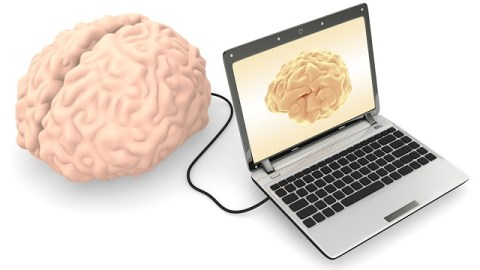Making The Case For Ubiquitous Brain-to-Computer Interfacing

Article written by guest writer Kecia Lynn
What’s the Latest Development?
Toronto-based InteraXon has created an unobtrusive headband, Muse, that when worn translates thoughts into computer actions. This week it started an Indiegogo campaign to raise money to bring this latest foray into brain-to-computer interfacing to market. The company, which has long specialized in what it calls “thought-controlled computing,” is offering the headband at a discount through December 7; as of today it has raised over a third of its $150,000 goal.
What’s the Big Idea?
Writer Stacey Higginbotham suggests three things that must happen in order for interfaces like the Muse to become commercially successful. First, they must be comfortable, and the more scientists learn about how the brain works, the more likely it is they’ll need to find ways to bring electronics closer — literally — to the brain itself. Second, the learning curve must be gradual; the Muse trains its users through simple games. Finally, a set of standards must be created: “A good UI platform should be like the keyboard or language recognition. There needs to be a consistent set of meaning for each thought across all platforms.”
Photo Credit: Shutterstock.com





